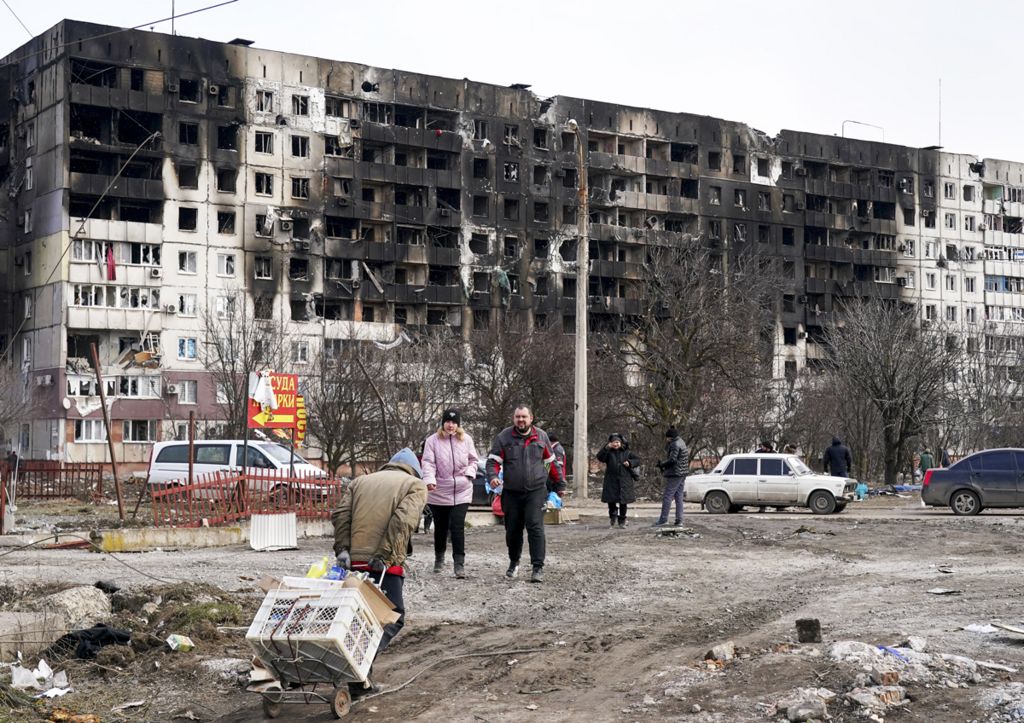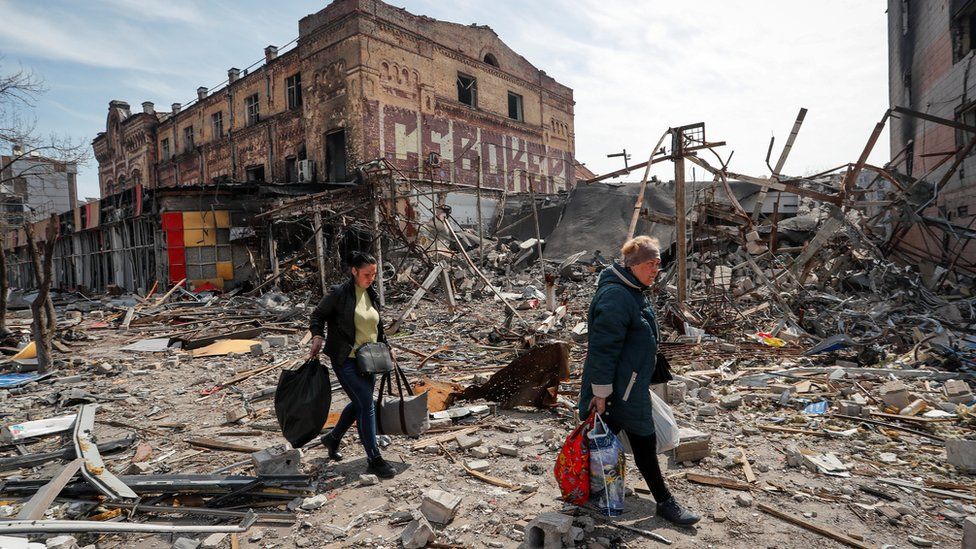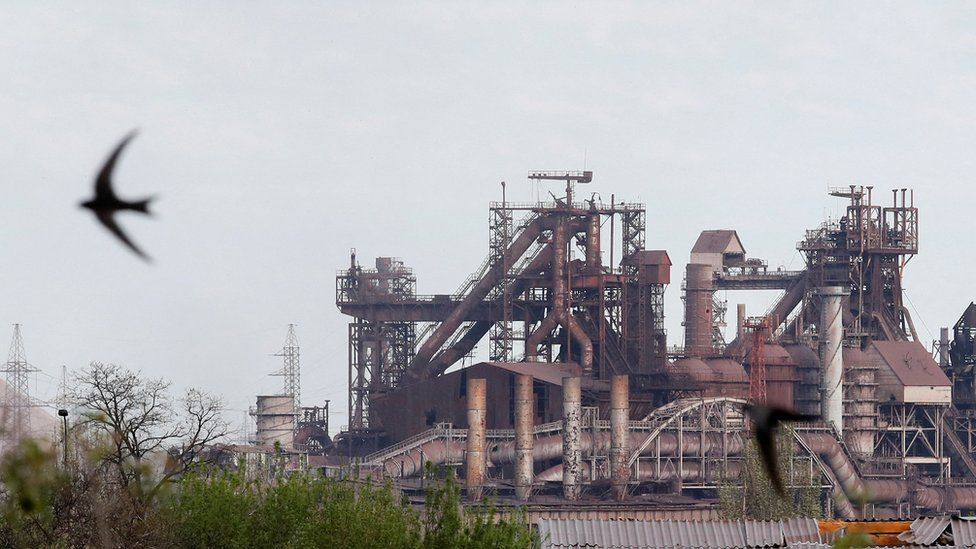Tommy Carcetti
Tommy Carcetti's JournalSerious question: Was former DUer Catherina some sort of Russian disinfo op?
Normally, I don't give much thought about long gone DUers, but I was searching Twitter and I came upon an old--and yet very familiar--Twitter handle: @Catherina_News
@Catherina_News was the Twitter handle for an individual who posted here at DU between 2008 and 2015 under the name Catherina. During that time period she posted over 35,000 times and grew quite the following here at DU, with many fans and admirers calling for her opinion and take on various topics. I can recall more than one "Catherina Appreciation thread."
She wasn't just a regular poster; she was a bit of a board superstar, and she came with her very own fan contingent.
Her focus, however, seemed to be aimed for the most part at various international conflicts that she seemed to pin as overreaching acts of American imperialism. First it was Libya, then it was Syria, and finally it was Ukraine.
Either coincidentally, or very much not, Catherina's take seemed to closely mirror a lot of talking points on Russian state media. This particularly became very prominent towards the end when she weighed in on news surrounding the 2014 Maidan revolution in Ukraine, the subsequent Russia's seizure and annexation of Crimea, and the proxy Russian separatist war in Eastern Ukraine that erupted thereafter.
With benefit of 20/20 hindsight (or is it 2022 hindsight?) we can see how much of Catherina's positions on Ukraine here at DU were simply parroting raw Russian disinformation. However, because she came with her own cheering section, a lot of people bought into the information in her posts and repeated it without questioning. And that really put a cloud over events that were happening in Ukraine and Russia during that time period and many DUers' understanding of the situation.
But what was most tragic about the Catherina situation was that even as many DUers seemed to admire her as a vocal advocate against reckless western imperialism, she was on Twitter laying attack against American Democrats and progressives, viewing them as brainless sheep and eviscerating President Obama (who was the sitting president at the time, mind you) in rather plain, unequivocal terms:
https://twitter.com/Catherina_News/status/123757361172189185
https://twitter.com/Catherina_News/status/147483399756587008
https://twitter.com/Catherina_News/status/269472857858383872
https://twitter.com/Catherina_News/status/514784639118884866/photo/1
Meanwhile, she was far, far kinder to the head of the Russian Federation during that same time period:
https://twitter.com/Catherina_News/status/469301888014221312
https://twitter.com/Catherina_News/status/505584740762533888
Anyways, Catherina remained extremely popular with a segment in DU up through the end in 2015 before running into the buzzsaw that was the 2015-16 DU primary wars. She posted this rather obnoxious and self-indulgent GBCW post announcing her departure in November 2015:
https://www.democraticunderground.com/10027366316
Now, again with the benefit of hindsight, we know there was a huge amount of Russian originated disinformation that flooded social media and the internet from 2014 and on forward. We know that a lot of this permeated into DU, both as it related to issues about Ukraine-Russia in 2014-15 and about the 2016 presidential election itself (for both primaries and general). We also know that DU was taken down in a DDOS attack for two weeks following the 2016 election. I have no idea who was behind this, and if it was a domestic or a foreign attack, but perhaps the admin knows more?
But about Catherina in particular--and note that I usually don't care about the real-life alter egos of our posters. I do have to wonder what her "deal" was/is, because she did have a rather considerable persuasive hold on a lot of her fellow DUers.
Clearly, one look at her Twitter account (starting with her avatar) seems to indicate she holds Russia in very high esteem and the US in very low esteem. Is this just the case of a very enthusiastic "Tankie" (i.e. an apologist for the Soviet Union and its history)? Or are we looking at some sort of Internet Research Agency/Savushkina Street styled operation here? And is DU even important enough to merit such a targeted operation?
There were not a whole lot of details about Catherina that we knew. A few of her fellow posters claimed she lived somewhere in Latin America or abroad, and that she was supposedly a woman of color. At this point, who knows? Maybe she was. Then again, her close tracking of Russian disinformation does make me wonder.
And for whatever it's worth, the @Catherina_News twitter account mysteriously went silent around September 2014 about the same time many people (including myself) began to note of her anti-Democrat, anti-American progressive postings on Twitter.
It remained silent for 8 years...until a month ago, when the account suddenly began retweeting posts about the war in Ukraine.
The unbearable sadness of Mariupol for me.
For over the past three months, a good part of my mind and attention every day has been focused on the war in Ukraine and the impact that has conflict has had on the Ukrainian people. The fact that I am second-generation Ukrainian with family still in the country, and with a family history of my grandparents having fled the country during the worst of World War II, only serves to act as a multiplier for the emotions that I've been feeling.
Besides my concern for the safety of my family--who thankfully live in the "safer" Western Ukrainian regions--the fact that about three years ago I had a chance to tour the country and absolutely fell in every single bit of it (the culture, the people, the food) has kept me worried about the wellbeing of both Ukrainians and their cities.
And while my travels in Ukraine took me to many remarkable places and cities--Kyiv, Lviv, the Carpathian mountains--in the end it's been the fate of one particular Ukrainian city that has haunted me the very most: Mariupol.
I did not visit Mariupol when I traveled to Ukraine; in fact, I didn't even come close to visiting anywhere in Ukraine's besieged Eastern regions. And yet, over the past few years I've grown to know Mariupol on a second-hand basis, and it always seemed to fascinate and intrigue me in a way.
I first heard about Mariupol during the onset of the 2014 Russian proxy war against Ukraine using so-called separatist forces. Nearby Donetsk and Luhansk fell to the invaders, but Mariupol was somehow able to miraculously hold them off. And in doing so, the Ukrainian national spirit in Mariupol grew (bolstered in part by those fleeing the occupied regions) and there was a breath of new air in the city. This is even more notable considering that like many places in Eastern Ukraine the majority of residents speak Russian as their primary tongue as opposed to the native Ukrainian. It didn't matter: Mariupol was Ukraine, and that was that.
And though I never actually visited Mariupol in person, I had "visited" its streets via Google Maps and found it to be a charmingly eclectic mix of a town, with different elements and styles comprising the whole. You had the old school Soviet apartment block buildings--the Khrushchyovkas and the Brezhnevkas--but you also had newer, 21st Century modern architecture sprinkled throughout as well as staid churches that dated back to Tsarist days. And given its prime location on the Sea of Azov, Mariupol was a beach town, too; no doubt probably a favored vacation and recreation spot for many in the region.
And to round it out, of course, was Maripol's most indelible and unmistakable landmark: the absolutely massive Azovstal steel plant that sat in the very center of the city and dominated nearly ever wide shot picture of Mariupol. Azovstal was--by all objective measures--ugly as sin: dirty, gritty, polluting, not to mention an old Soviet relic. But even so, there was something oddly appealing about its hulking, imposing, industrial aura that gave it out; a sense of raw honesty that somehow made it welcome in the overall panache that was Mariupol.
And now Mariupol is no more.
Nearly every single structure in the city is bombed to the ground or otherwise inhabitable. Sadly, I almost knew this would be a certainty the moment the first Russian bomb touched Ukrainian soil that Putin would go after Mariupol, and go after it hard. Not only was it a strategic port city, and ever since seizing Crimea in 2014 the Kremlin has sought to cut off Ukraine from the sea, but I think there was also a punitive goal in mind as well. Because Mariupol resisted the initial wave of Russian invasion, because it dared to clothe itself in Ukrainian pride, because it contradicted the Kremlin falsehood that the Ukrainian government was somehow persecuting its Russian-speaking citizens, Mariupol would be forced to pay a price.
And it most certainly has. Over 300,000 of its 400,000 residents forced to flee their hometown. The death toll cannot be even close to being verified at the moment, but undoubtedly is certainly within the tens of thousands. Only a small pocket of resistance remains at the Azovstal plant; the outlook for their survival is not good. Those who remain in portions occupied by the Russians risk either being paraded around for propaganda purposes, or removal and deportation to areas deep within Russia.
Mass graves. A theater full of civilians--including scores of children--bombed, and hundreds left dead. Indescribable and immense pain and suffering, everywhere.
The total destruction of an entire city is nothing new to humanity; it's a practice that dates back as far as long as human civilization has existed. The ancient city of Carthage was infamously burnt to the ground by the Romans in 146 BC. Russia saw its own cities such as Leningrad and Stalingrad virtually destroyed in total during World War II. And our hands as Americans are not bloodless in this practice either, whether it be by a single bomb (Hiroshima and Nagasaki) or a prolonged and furious bombing campaign (Dresden).
Even in my own lifetime, I can remember Grozny. I can remember Aleppo. I have seen the virtual destruction of cities take place before my eyes on the news.
But--perhaps because where age brings wisdom, or perhaps simply because as someone with Ukrainian roots I have additional emotional investment--Mariupol's tragic fate has hit me harder than ever before. It's more than just reading a history book. It's more than even turning on a news report on television.
It's hard.
It's really, really hard.
An entire city, an entire place--where people lived and took pride in. Gone, just like that.
But even so, Mariupol existed. And it may--at some point in the future--exist once again.
Вічна пам'ять, Маріуполь. Вечная память, Мариуполь. Eternal memory, Mariupol.



 ?quality=90&strip=all
?quality=90&strip=all

Profile Information
Member since: Tue Jul 10, 2007, 03:49 PMNumber of posts: 43,371